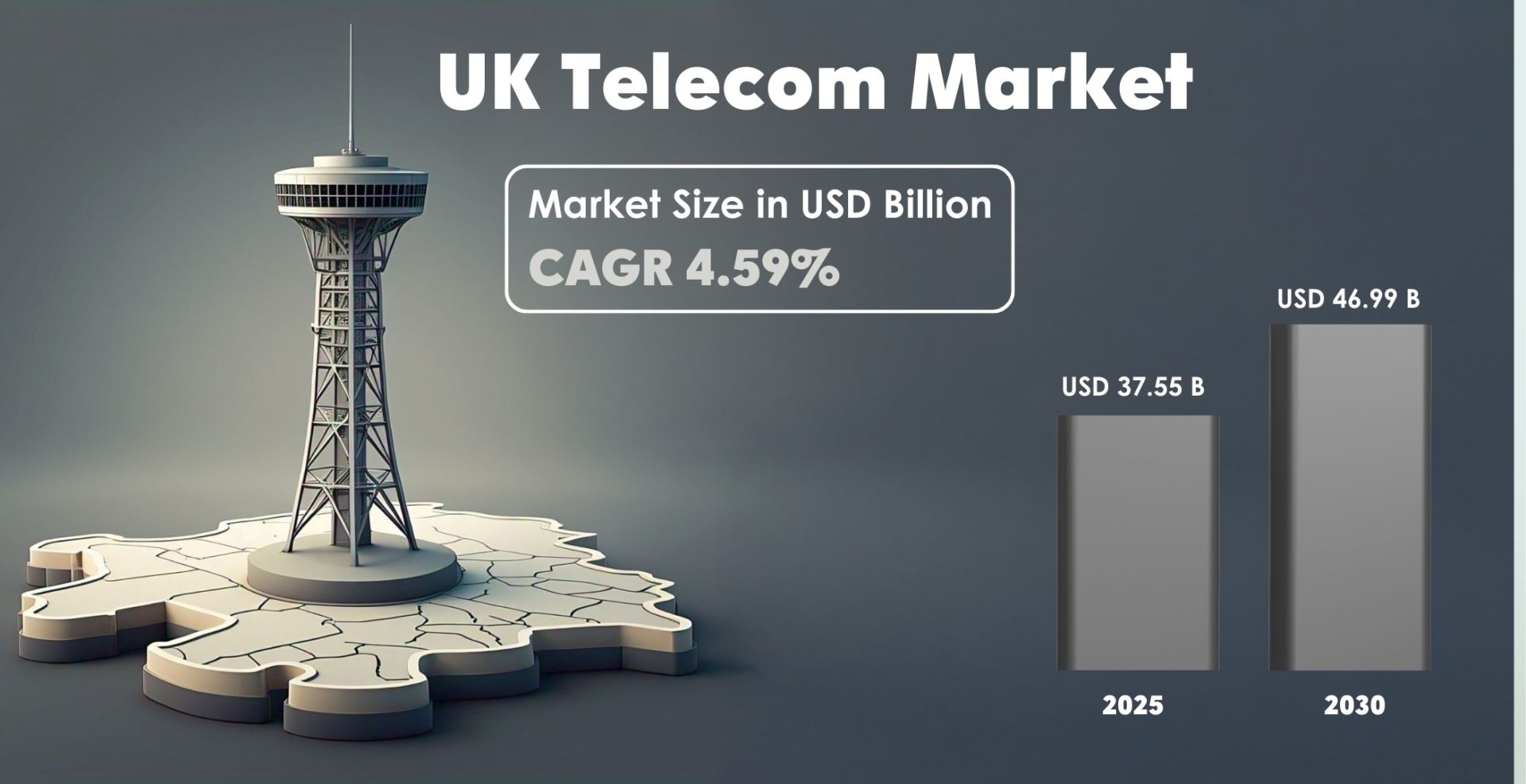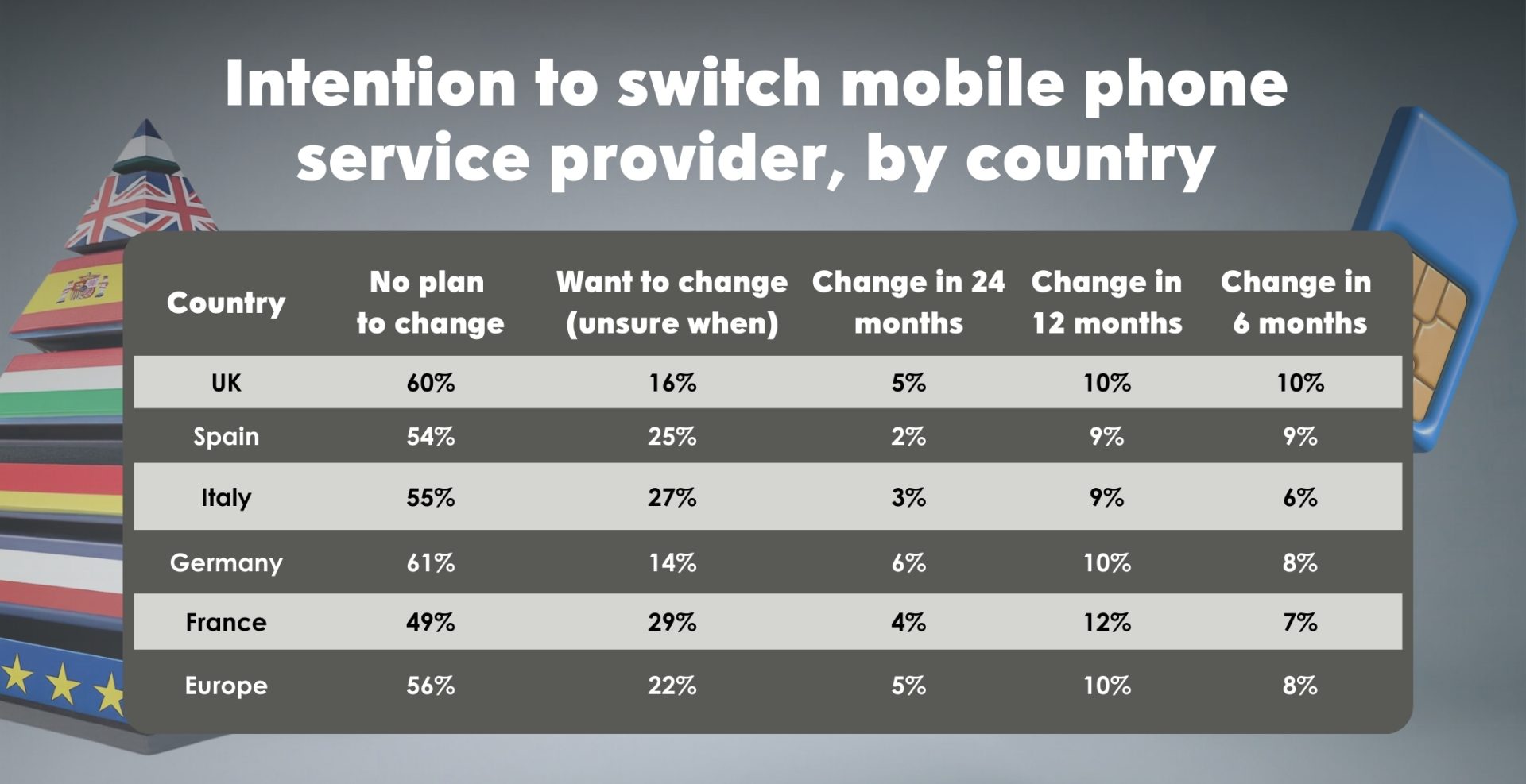Introduction
Growing at a CAGR of 4.59% the UK telecom market is one of the largest in the world. With aggressive competition and steeply rising customer expectations, the UK telecom sector has become a battleground. While we have entered 2025, it’s high time that telecom companies should revamp their customer experience (CX) strategies to play well on the CX grounds. So, what are the USPs? They are a mocktail of innovation, personalization, and proactive service.
According to Market research by the Institute of Customer Service data on UK Telecommunications & Media Sector, the Customer Satisfaction Index scored the Telecommunications & Media sector’s overall UKCSI of 74.7
This blog will explore the trends shaping CX in telecom and talk about strategies for thriving and excelling.

1. Hyper-Personalization: Beyond Common Service
A one-size-fits-all approach has now become obsolete. Today’s customers crave a tailored service that addresses their particular requirements. Telecom companies can obtain AI-driven insights to deliver:
- Tailored plans
- Predictive service endorsements
- Real-time problem resolution
As per Salesforce report The Experience Advantage, a 1.5x higher revenue growth is witnessed by companies with a robust CX strategy also the profitability is 1.8x higher than the companies that do not prioritize CX.
Example: Let’s think about a customer who is a frequent international traveller. To avoid the hustle of manually altering the plan, a company can offer international roaming package by analysing past travel behaviour. This proactive approach will enhance Customer Experience.
How to stay ahead:
- Deploy customer insights to predict and address customers’ issues before escalation.
- For swift personalized interactions, leverage AI-powered chatbots and virtual assistants.
- Recommend customizable, flexible service plans.
- Loyalty program and data bonuses for heavy users.

2. Seamless Omnichannel Experiences
In modern times, it is vital to get a 360-degree view of the customers’ experience. Whether via phone, chat, email, or social media, every touchpoint is augmented to achieve great results.
With robust omnichannel strategies, companies retain an average of 89% of their customers, corresponding to 33% for companies with feeble omnichannel strategies.
Example: A customer’s frustration doubles, and he has to explain the same issue repeatedly, once on message, again on social media, and then on call. An omnichannel experience enables the support agent to access prior conversations and understand the issue to resolve it smoothly.
How to stay ahead:
- Integrated CX strategy across the board.
- Accessible customer data crossways every service channel
- AI-driven self-service options for less wait time and fast resolution
- Enhanced functions of mobile applications for problem resolutions, changing plans, and network status updates.
Proactive Issue Resolution with Predictive Analytics
In today’s world, we depend heavily on mobile and the internet. Similarly, customers simply can’t afford network outages and unexpected changes in bills. Issues can be detected beforehand and resolved with predictive analytics.
67% of customers will remain with a brand if their issue is resolved during their first interaction with the support representative.
Example: Increased data consumption in a particular time or region, can be detected with predictive analytics and alarm can be raised regarding an imminent network congestion problem. Additional resources can be installed proactively to avoid probable slowdowns.
According to a research report by Vertos Transcend, “The Impact of AI in the Telecommunications Industry: A Statistical Overview,” Network reliability can substantially improve with Predictive AI-powered maintenance, which can reduce downtime by up to 40%.
How to stay ahead:
- Deploying AI and Machine learning to predict and avoid service disturbances.
- Sending alerts to customers regarding potential issues.
- Offering timely billing information to assist customers in planning the usage.
- Curtailing downtime with AI-powered virtual assistants.

5G and Beyond: Creating Value-Driven Experiences
New CX prospects are blooming with the expansion of 5G and emergent technologies. However, the litmus test is making customers comprehend these technological progressions.
As per Mordor Intelligence’s report on the UK Telecom Industry Analysis – Growth Forecast, Market Size & Comprehensive Report (2025 – 2030)
The UK government plans to provide 5G signal to most of the population by 2027, 15 million additional premises connected to full fiber by 2025, and total fiber coverage across the country by 2033.
If a customer uses a phone with 5G capacity but has not updated the network plan, he can’t experience high-speed connectivity. So, what a service provider can do is send a notification regarding the upgrade options or change settings for enhanced performance.
How to stay ahead:
- Imparting awareness among customers regarding 5G enhancements.
- Creating smart home integration and IoT solutions as value-added services.
- Projecting benefits of high-speed connectivity and ultra-low latency by collaborating with AR/VR gaming and streaming companies.
What future holds?
Promises are not enough to excel in 2025. What is needed is Action! It’s time to convert your satisfied, contented customers into brand advocates by efficiently leveraging hyper-personalization, seamless omnichannel experiences, and predictive analytics. CX in telecom sector is much more than connectivity; it is about establishing long-term relationships by successfully implementing trust innovation and proactive engagement.
Sources:
UKCSI Telecommunications & Media Sector – January 2024
Salesforce report The Experience Advantage
25 Amazing Omnichannel Marketing Statistics Every Marketer Should Know (Updated for 2023)
Customer Retension
The Impact of AI in the Telecommunications Industry: A Statistical Overview
K Telecom Industry Analysis – Growth Forecast, Market Size & Comprehensive Report (2025 – 2030)




